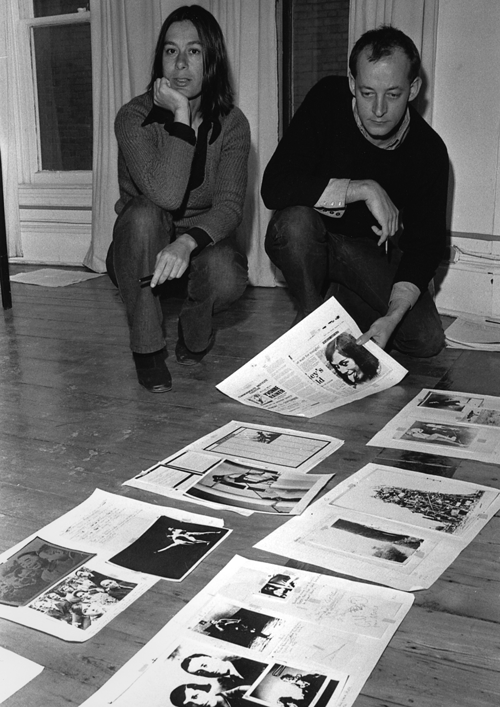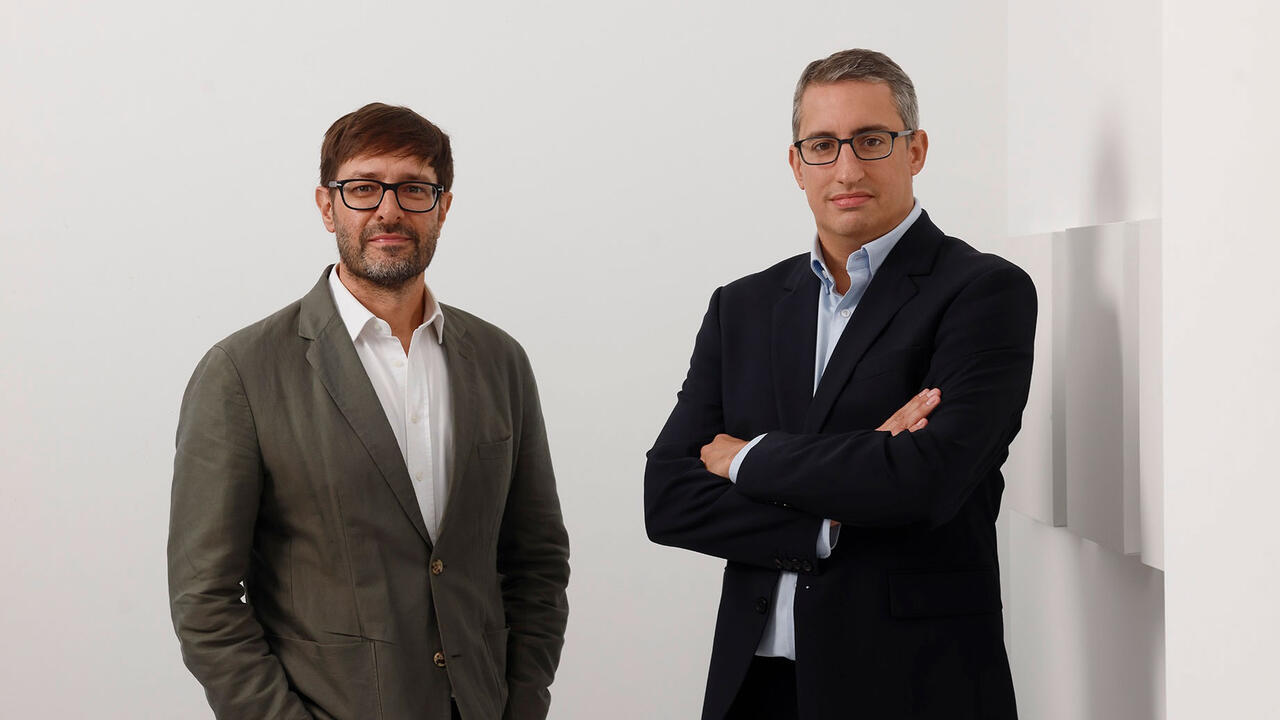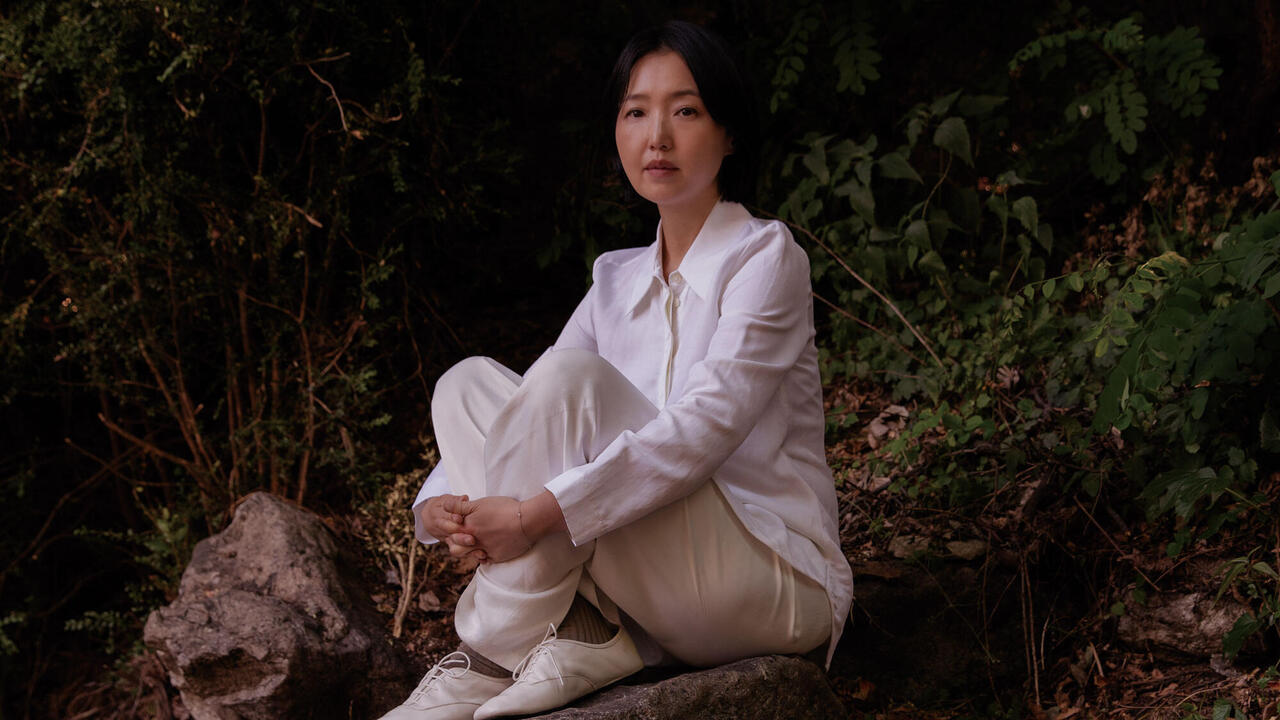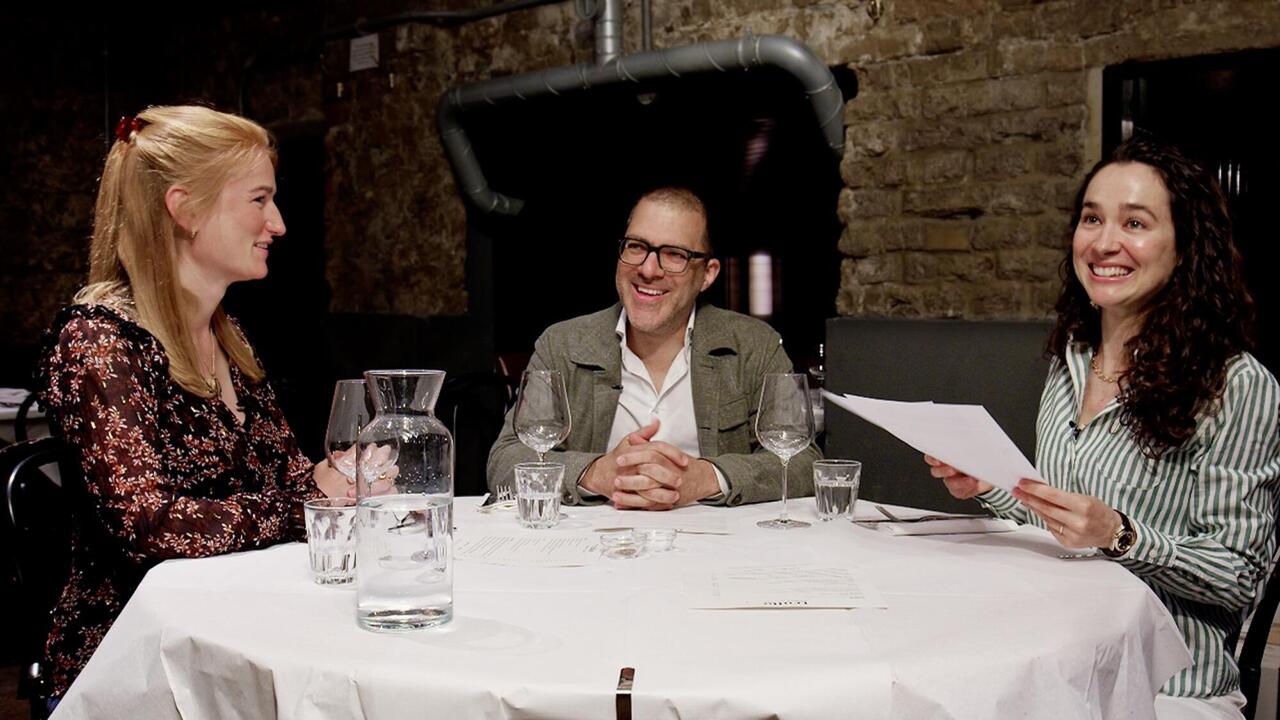Kasper König on his Retirement From Museum Ludwig
After heading the museum for more than a decade as director, Kasper König spoke to Jörg Scheller about his farewell exhibition, Mesut Özil’s football shirt and the erotics of museums
After heading the museum for more than a decade as director, Kasper König spoke to Jörg Scheller about his farewell exhibition, Mesut Özil’s football shirt and the erotics of museums

Jörg Scheller: ‘Before the Law: Post-War Sculpture and Spaces of Contemporary Art’ [2011-2012] is your last themed exhibition, co-curated with Thomas D. Trummer, at Museum Ludwig. Why did you choose this combination for your farewell show?
Kasper König: Thomas and I spent a long time working on the concept for this show, which gave us the chance to rethink it many times over, to develop alternative concepts with strong ties to the museum’s own collection. So we were able to turn funding difficulties – which delayed the exhibition twice – to our own advantage. That’s also how we got the title, which is taken from Franz Kafka’s 1915 parable of the same name. It’s not about Kafka directly, but it’s about the law not being carved in stone. Instead, the law is understood here as a spatial metaphor.
For some time now, there’s been growing interest in the art of the immediate post-war period, both in academic research and in museum shows. How did this interest arise?
For me, it had a lot to do with my own socialization. At school, I had to read Wolfgang Borchert’s Draußen vor der Tür [The Man Outside, 1947, a play about a soldier who commits suicide after discovering that he has lost his wife and home to the war]. The pathos was unbearable. I recently listened to unedited tapes of the German commentary at the 1954 World Cup final in Bern. Unbelievable! It sounds like something from the Nuremberg Rallies, except the subject is not Nazi ideology but a sporting event. At that time, even art works coded as anti-fascist were still photographed from below, in the style of Leni Riefenstahl’s camera work. Sociologists and historians have rightly claimed that the Nazi period only ended in 1968, at least from a West German perspective. But now political culture has gone to the dogs again. At the same time, there are a great many young people who are extremely alert. I certainly sympathize with the Occupy movement. Yet I’m always amazed at the way the content of exhibitions is just ‘scanned’. People look at pictures and store them on their laptops without seeing the specifics of how they are anchored historically. Even the way something is painted, what it tastes like, how it smells. Like it or not, an element of aura remains.
This historical dimension is something our exhibition points to.
With ‘Westkunst’ [Western Art, 1981] and ‘von hier aus’ [from here, 1984], you influenced decisively the large-scale exhibition format. Have such big shows become superfluous today?
Art fairs have made many large-scale art exhibitions obsolete. I find it annoying, for example, that the Art Basel fair has ‘Art Unlimited’, a second show of so-called ‘independent’ art in a neighbouring hall. The main fair is quite enough. By contrast, biennials have performed an important function as a phenomenon of globalization. Most recently, I was positively surprised by the Istanbul Biennial curated by Adriano Pedrosa and Jens Hoffmann. I’ve also scrutinized world’s fairs and come to the conclusion that they’ve become ludicrous, like globalization for dummies. Globalization can’t be experienced in physical terms, it’s electronic by nature. For me, the most important exhibition of the twentieth century was ‘Die Wohnung’ [Housing] organized by the Deutscher Werkbund in Stuttgart in 1927. Although it has since been given the seal of approval of art history, it was actually about finding pragmatic solutions to the housing problem after World War I. I think this social dimension – in a serious rather than a kitschy sense – is critical.
But it can also be exploited.
Yes, and I’ll give you an example: Since 2011, the Museum of European Cultures in Berlin-Dahlem has had a section called ‘Cultural Contacts: Living in Europe’. Everything is so politically correct that no one can complain – and it’s deadly boring. In one display, there are two football shirts, one from Mesut Özil, a Turkish-German player in Germany’s national team, and the other from his team mate Dennis Aogo, who has a German mother and a Nigerian father. Is this supposed to explain the success of immigration? It’s more an expression of absolute academic helplessness. Psychologists, ethnologists and anthropologists sat down together, and this is what they came up with!
You’ve travelled a great deal. Which places stand out in your memory?
My travels have always had to do with my work. In the 1960s, I spent over a year and a half in England. I attended The Courtauld Institute of Art, but only as a part-time guest student. And I never completed anything. I would have liked to stay in London, but there wasn’t enough money. Then, I was lucky enough to get a job in Canada at the Nova Scotia College of Art and Design, where I established a university publishing house and studied at the same time. That was the best of all possible worlds. The United States has had a strong influence on me, even if I have a troubled relationship with the country.
You refer to yourself as an amateur. Does the art world need more amateurs?
Of course, this label can be misunderstood as coquettish. But I mean it quite seriously. I am an animated, enthusiastic generalist. I sometimes work with first rate academics, and I value their methodical, conscientious approach. But this is sometimes abused or overblown – whenever someone claims something as science although it’s actually just business as usual. My own socialization did not take place in museums. These institutions have a tendency to belittle their staff before letting them find their way. But woe betide anyone who oversteps certain lines – such people don’t last long. It’s not a working environment that’s free of fear.
Do today’s museum directors overestimate their importance?
Some still believe they’re like Ludwig Justi, the director of Berlin’s Nationalgalerie who established the world’s first public collection of modern art in the Kronprinzenpalais in 1919. Or one of the other famous directors working before World War I and even in the 1920s. But they were between 28 and 35 years old at the time, and they hadn’t worked their way up through the ranks. When the museum directors Peter-Klaus Schuster, Reinhold Baumstark and Martin Roth took their leave, respectively, in Berlin, Munich and Dresden, we were told in reverent tones about ‘three generals’ stepping down. These are the men who represent the former royal collections. So it’s still important to inquire and to distinguish between collections with aristocratic and with civic roots. But even MoMA is no longer the Kremlin or the Vatican of modern art museums. It used to be – and rightly so. Not any more.
Although you take a sceptical view of museums, you’re considered to be a committed advocate of this institution.
I’m a museum junkie. It’s an erotic thing. I like the possibility of being alone in the company of other people, of strangers. I like the fact that there is no obligation to get to know them. Freud gave a nice definition that’s often quoted, but still works: The difference between art and culture is that art is the enemy of culture – but it is the enemy within. This aspect is something that interests me about working in museums.
Where does the boundary between private and public run – especially with regard to an institution like Museum Ludwig?
We are a public institution, but we also have a lot of freedom. No one tells us what to do. That’s a privilege, and it comes with a duty to educate. In 2006, we showed ‘The Eighth Square: Gender, Life and Desire in Art Since 1960’, and
I got a call from a mayor who went berserk, accusing us of paying for a ‘gay exhibition’ with taxpayers’ money. The only problem was that the funds came, not from the taxpayer, but from foundations, including The Andy Warhol Foundation for the Visual Arts in New York. I demanded an apology, especially since the man hadn’t even seen the show. But there is also a repressive brand of liberalism – when politics couldn’t give a damn about what anyone’s doing. This situation is nice only in a superficial way. I think it’s important to earn and to fight for one’s intellectual independence, day by day. I’ll always prefer a left-wing aristocrat to an affirmative petit-bourgeois.
Translated by Nicholas Grindell























